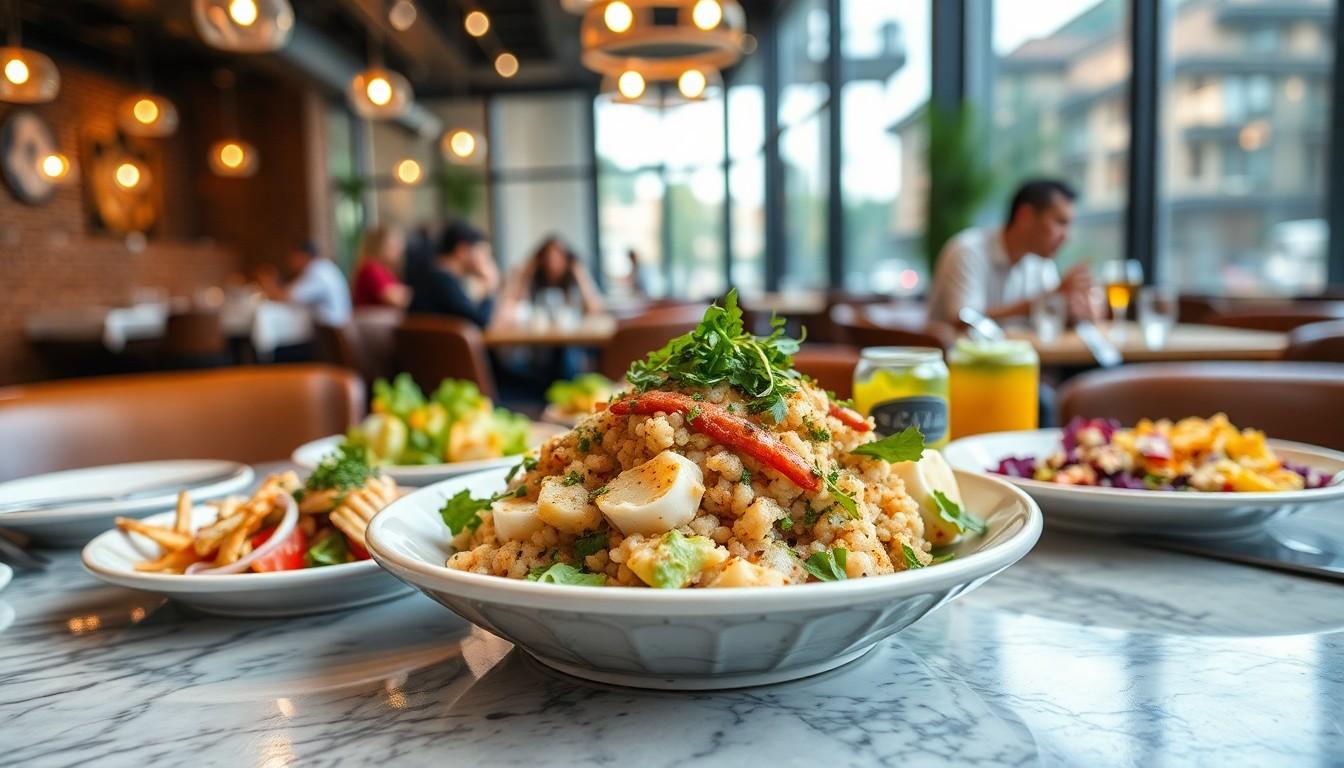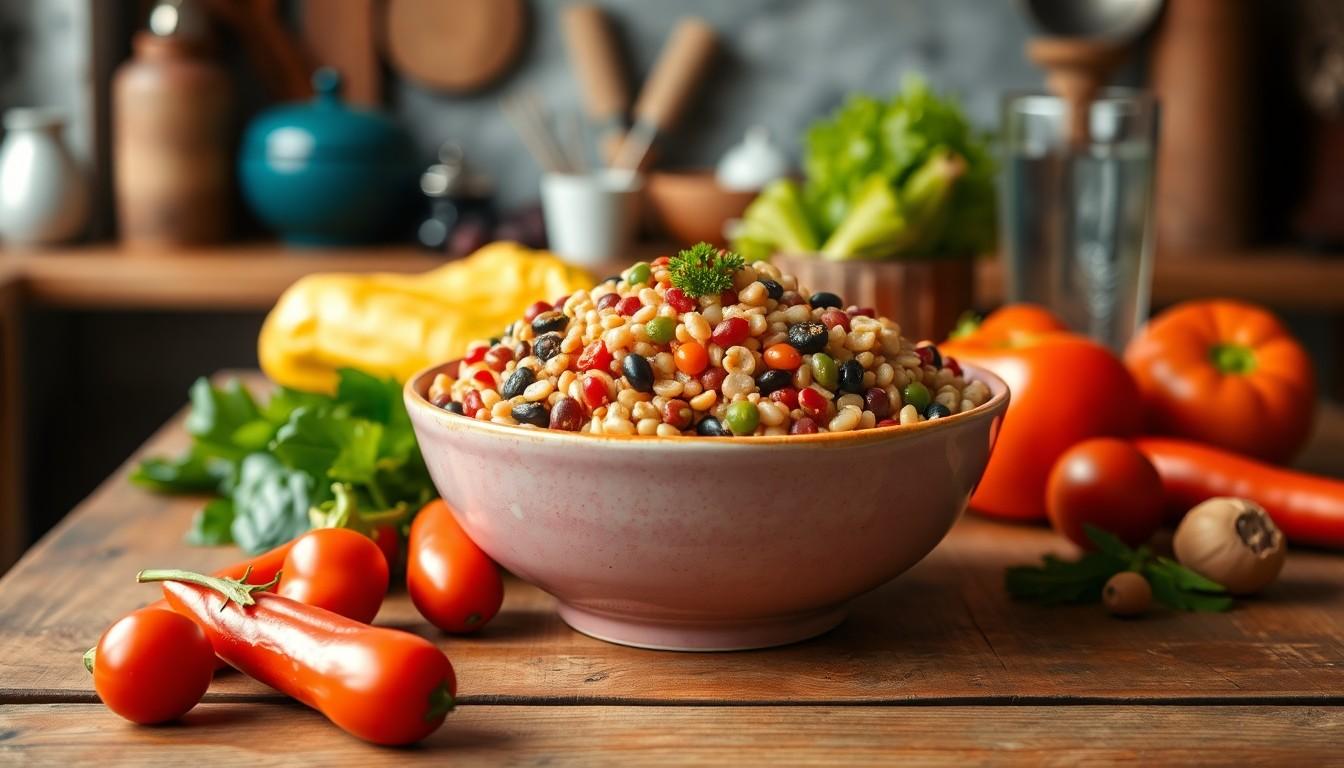Phone:
(701)814-6992
Physical address:
6296 Donnelly Plaza
Ratkeville, Bahamas.

Yumkugu has taken the culinary world by storm, but is it a friend or foe to your digestive system? Imagine sitting down to a delicious bowl of this trendy dish, only to find your stomach staging a protest. It’s like inviting a party crasher to dinner—unexpected and potentially messy.
Yumkugu is gaining traction in culinary circles, yet its digestibility raises questions. Exploring its definition and nutritional content clarifies its implications for digestion.
Yumkugu emerges as a unique dish enjoyed in various cultural cuisines. Traditionally, it features a blend of ingredients that create distinct flavors and textures. Many chefs incorporate it into contemporary menus, positioning it as a trendy option. As a result, individuals often encounter it in trendy eateries and upscale dining establishments. Its preparation methods vary, leading to a diverse culinary experience.
Yumkugu boasts a rich nutritional profile that contributes to its appeal. Variants may include grains, legumes, and vegetables, each adding essential vitamins and minerals. Carbohydrate content typically provides energy, while proteins support muscle health. Certain preparations may introduce healthy fats, aiding nutrient absorption. The fiber within Yumkugu enhances digestive health, though some may find it challenging to digest in large quantities.


Understanding the digestion process helps clarify potential issues with Yumkugu. This dish comprises various ingredients that require breaking down effectively in the digestive system.
Digestion starts in the mouth, where enzymes in saliva begin to break down food. During ingestion, the stomach further processes ingredients like grains and legumes using strong acids and enzymes. In the small intestine, nutrients from Yumkugu absorb into the bloodstream. The pancreas and liver contribute digestive juices, facilitating this nutrient absorption. Finally, waste moves to the large intestine for elimination. Each stage supports breaking down complex components into simpler substances for absorption.
Individual digestive health varies across persons, impacting how Yumkugu is processed. Fiber content in this dish may enhance digestion but can cause discomfort in sensitive individuals. Portion sizes play a crucial role; larger servings can overwhelm the digestive system. Hydration status also matters, as adequate water intake promotes effective digestion. Stress levels contribute significantly; heightened stress may lead to slower digestive processes. Each factor, therefore, combines to influence how well someone digests Yumkugu.
Yumkugu can pose digestive challenges for some individuals. Factors such as its high fiber content and diverse ingredients may lead to discomfort in larger portions, especially for those with sensitive digestive systems.
Bloating often occurs after consuming Yumkugu due to its fiber-rich ingredients. Gas can also be a common complaint, resulting from fermentation in the gut as the body breaks down fibers. Some may experience stomach cramps, particularly if they are not accustomed to high-fiber foods. Diarrhea might arise in response to excessive portion sizes, overwhelming the digestive system. Individuals with pre-existing digestive issues, including irritable bowel syndrome, could find Yumkugu exacerbates their symptoms.
Yumkugu serves as a richer source of fiber compared to some grains like white rice. Individuals often find whole grains, such as quinoa, similarly nutritious but potentially easier to digest. Unlike the more straightforward digestion associated with cooked vegetables, the complexity of Yumkugu’s ingredients may complicate the digestive process. Many legumes included in Yumkugu typically require thorough cooking to mitigate digestive discomfort. Overall, while Yumkugu offers nutritional benefits, comparisons with other foods suggest it can present unique challenges for digestion.
Exploring Yumkugu offers a unique culinary experience. Specific preparation methods can enhance its digestibility.
Steaming Yumkugu promotes a soft texture, making it easier on the digestive system. Boiling provides an alternative, allowing the mixture to absorb flavors while breaking down fibers. Roasting can deepen flavors, but choosing this method requires careful attention to portion sizes to avoid overwhelming the digestive tract. Lightly sautéing can also preserve essential nutrients, ensuring a flavorful dish. Preparing smaller servings can aid digestion, allowing the body to process the dish without discomfort.
Pairing Yumkugu with probiotics, such as yogurt or fermented vegetables, can help improve digestion. Introducing healthy fats, like avocado or olive oil, enhances taste while aiding nutrient absorption. Adding lean proteins, including chicken or tofu, creates a balanced meal that feels satisfying. Incorporating easily digestible vegetables, such as spinach or zucchini, adds nutrients without weighing down the stomach. Each of these combinations can support a more enjoyable Yumkugu experience, aligning flavor and nutrition with digestive comfort.
Yumkugu presents a delightful culinary experience but comes with its own set of digestive challenges. While its rich nutritional profile is appealing many may find that larger portions lead to discomfort. Understanding individual digestive health and the factors that influence digestion can help mitigate these issues. By opting for smaller servings and incorporating complementary ingredients, diners can enjoy Yumkugu without the unwelcome side effects. Ultimately, it’s essential for consumers to listen to their bodies and adjust their approach to this trendy dish accordingly.